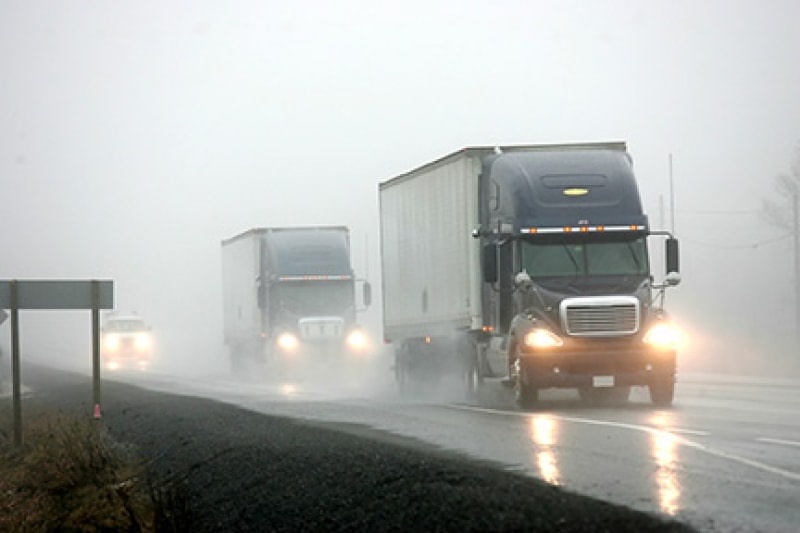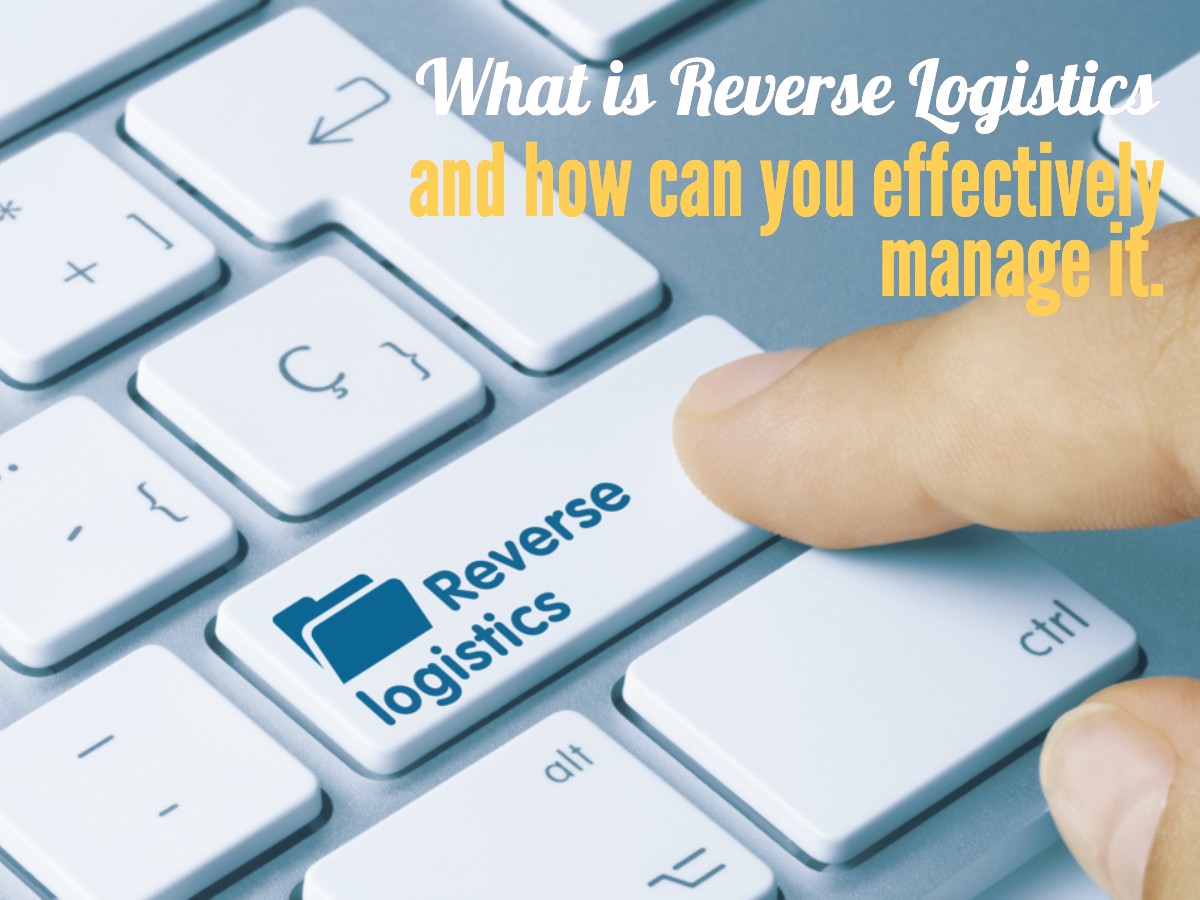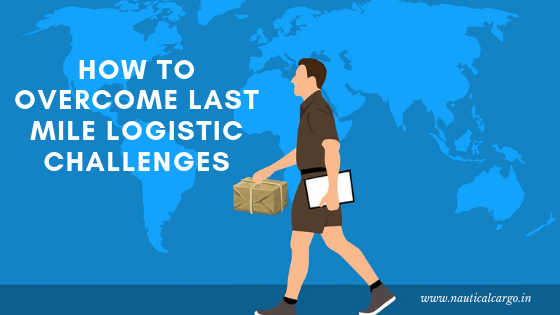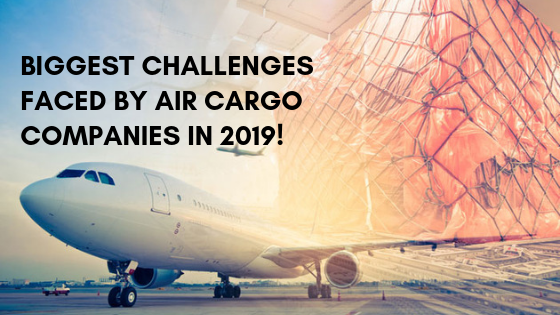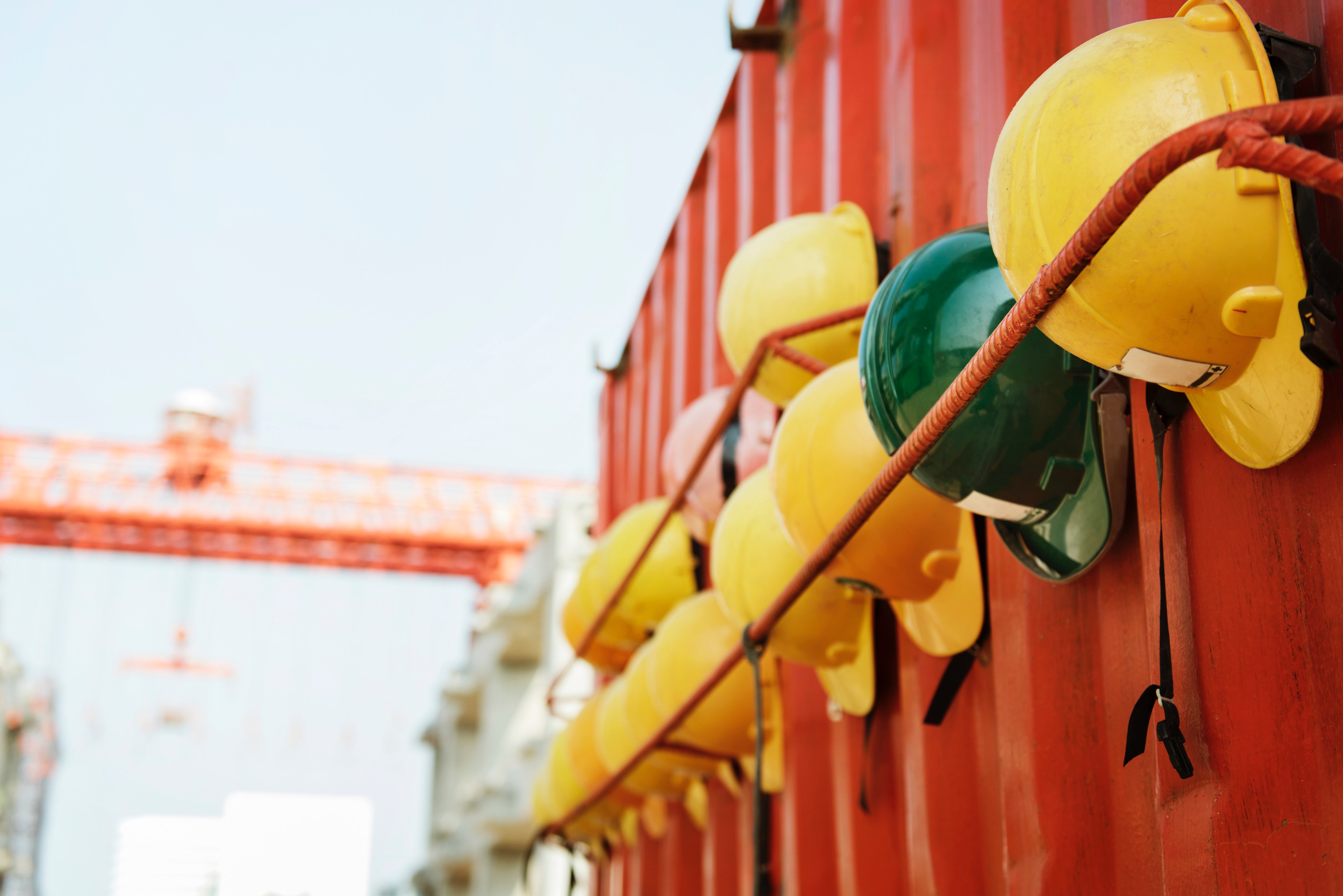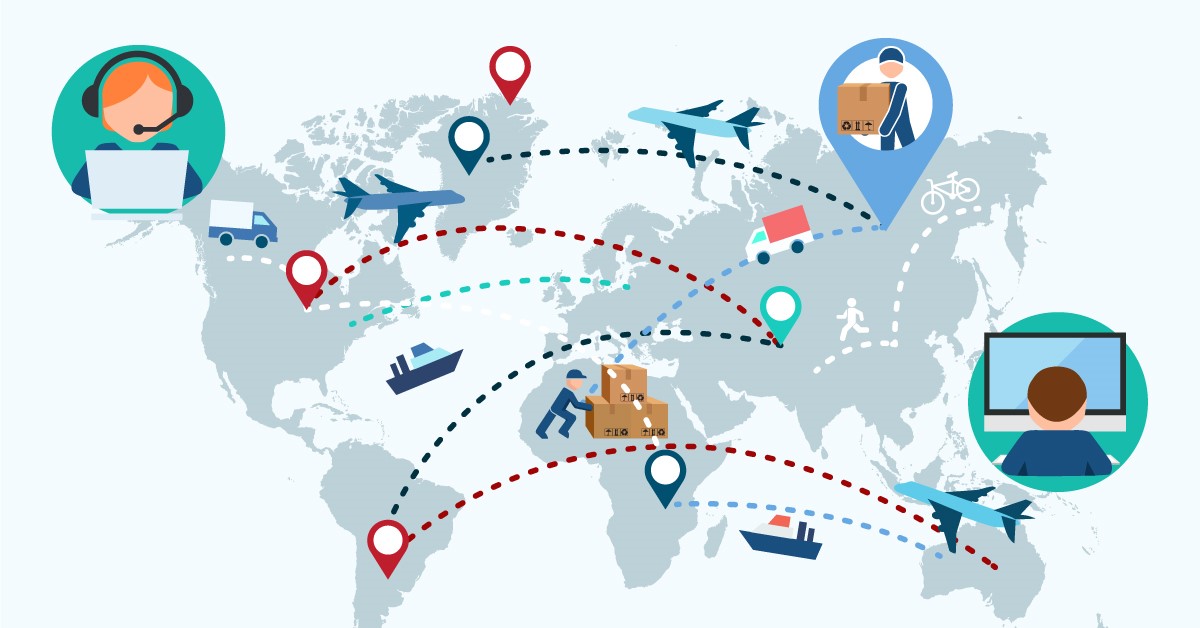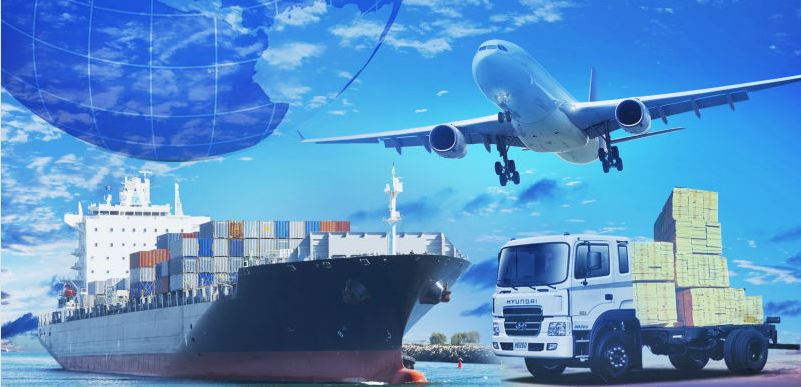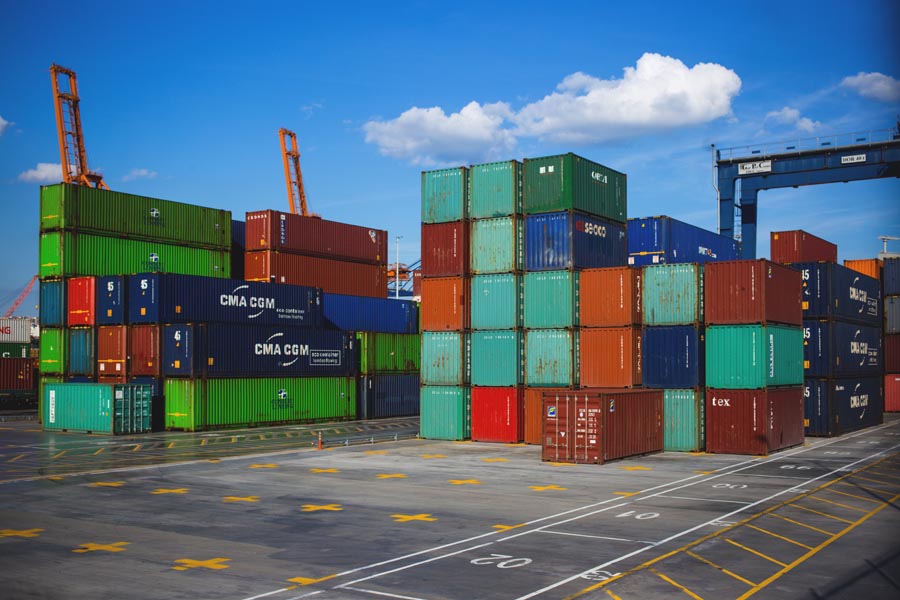
Special key points to know while shipping Pharma products
Pharmaceuticals globally is a big business and industry as according to the recent statistics nearly 4.5 million Americans are employed in this sector alone. It is also worth noting that the Bio-Pharmaceutical industry in the US contributes to around 1.3 trillion to the world economy every single year and it keeps growing. Hence one can imagine the demand and the scale of operations involved to supply such a large requirement globally.
Shipping pharmaceutical products is not a cakewalk as it requires special know-how because mostly they are of high sensitivity in nature and have to be delivered in a time-bound manner.
They are the most complex than any other product to be shipped and hence involves a lot of guidelines and regulations that need to be followed and adhered to. After all, it is medicines that are to be shipped which is ultimately consumed by people for their medical ailments.
One of the key factors that makes it such a complex operation is that the pharmaceutical products are to be kept safe and beneficial to the end-user after the transportation is carried out. This involves immaculate planning and checks where proper inspection and care has to be assured from the factory to the point of delivery about the integrity and quality of the product. Both the pharmaceutical industry as well as the shipping industry have to work under tight regulations and scrutiny while carrying out the transportation operations.
Various factors play a major role in assuring the safe and secure transportation of pharma products to the end consumers.
Maintain Pharmaceutical Temperatures: One of the key concerns while transporting pharma products is the temperature to be maintained. The desired temperature that needs to be maintained is around 55 to 77 degrees Fahrenheit for most of the shipments to maintain product stability. Hence products must be shipped in contained that are well insulated in refrigerated trucks that can maintain these temperatures even if the normal weather is hot. The cold chain also known as reefer trucks can be used as they are designed to hold such temperatures.
The packaging is very crucial: Another very important rule when shipping pharma products it the quality of packaging. Packaging has to be thoroughly inspected and has to be shipped in climate-controlled trucks and insulated containers. Many a time shippers use thermal pallets when moving such products as they can provide another layer of protection. They protect the product from temperature fluctuations, sunlight as well as humidity.
Security a major concern: This is one material where utmost importance has to be given to security arrangements as pharma cargo is always susceptible to theft. This is because of the nature of the product that is shipped and hence faces notable dangers. Cargo thefts are real threats, especially when hauling products like narcotics. A well-experienced logistics provider can foresee and manage all such treats to keep pharma products safe. All warehouses today are equipped with state of the art CCTV cameras and with higher visibility of cargo transportation via tracking one can ensure that the pharma products are securely transported to their destinations.
Proper adherence to licenses: As already mentioned there are a lot of rules and regulations while transporting pharma products hence it is important that the logistics provider who has been entitled the job has all the proper licenses. Not only that the logistics company has to be competent to handle all the tasks involved to ensure safety with the necessary types of equipment. Not only pharmaceuticals are delicate but expensive as well and hence special precautions have to be carried out while shipping.
Summary: Logistics can be about any product both domestic household items or high-value cargo. Though every shipment has to be transported securely and on time Pharmaceutical is one such product that needs to be handled with utmost diligence and care. Afterall many times these products can be life-saving.

